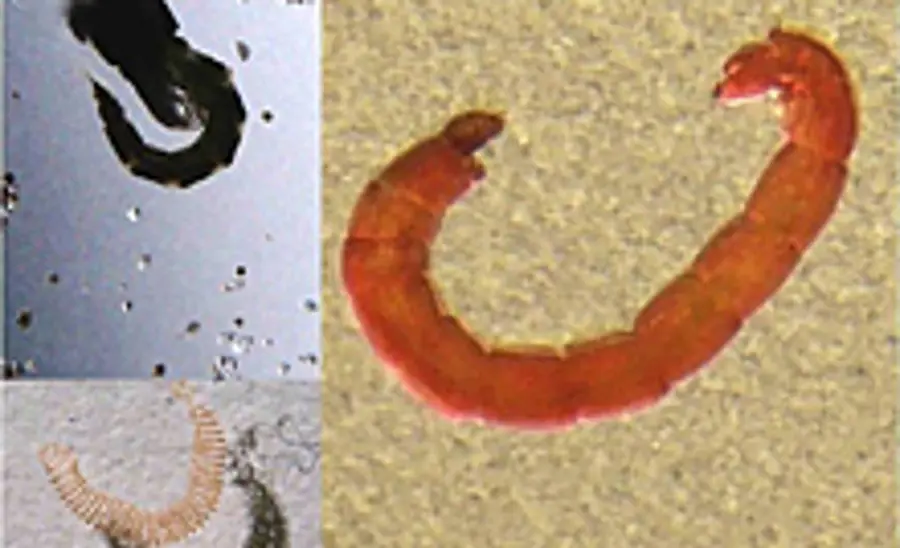Chronic Toxicity Test with Chironomids

Test organism
- Harlequin Fly (Chironomus riparius)
Test principle
- In this test, the effect of chemicals and sediment samples on chironomid development and mortality is investigated.
- The animals are exposed to the samples for a period of 7 (AFNOR, 2004) or 10 (OECD, 2023 a,b) days for the growth test and for a period of 28 days for the emergence test (OECD, 2023 a,b).
- A whole life cycle toxicity test for spiked sediment (or water) at two concentrations is also available (OECD, 2010).
Analysed parameters
- Larval growth (length or weight)
- Mortality
- Emergence of the midges and sex ratio
- Reproduction (number and fertility of eggs)
Test duration
- 7/10 days or 28 days (twice as long for a 2-generation test)
Relevance
- Important to determine the sediment toxicity
- Benthic invertebrate, occurs in rivers and standing water bodies
- Dominant primary consumer and important prey organism
Guidelines and literature
- AFNOR XP T90-339-1 (2004). Qualité de l’eau. Détermination de la toxicité des sédiments d’eau douce vis-à-vis de Chironomus riparius. Partie 1 : Sédiments naturels
- OECD (2023a). Guideline for testing of chemicals 218: Sediment-water chironomid toxicity test using spiked sediment.
- OECD (2023b). Guideline for testing of chemicals 219: Sediment-water chironomid toxicity test using spiked water.
- OECD (2010). Guideline for testing of chemicals 233: Sediment-Water Chironomid Life-Cycle Toxicity Test Using Spiked Water or Spiked Sediment.
- ASTM (1994). Standard Guide for Conducting Sediment Toxicity Tests with Freshwater Invertebrates.
- Environnement Canada, 1997. Méthode d’essai biologique: essai de survie et de croissance des larves dulcicoles de chironomes (Chironomus tentans ou Chironomus riparius) dans les sédiments.